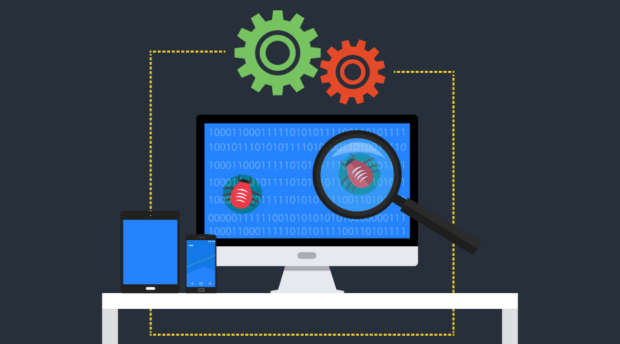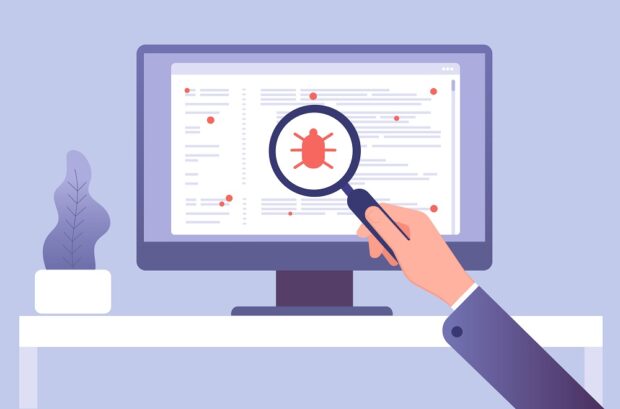Just as is the case with any product, the software also needs to be tested in order to be able to guarantee quality to its users. But since it is a complex program we are talking about, testing can be quite complex and can include various methods. This article is going to point out a couple of things you need to know, in order to understand how the process goes…
1. Who does the testing

If you’re interested in the subject, then you must have heard or read that the testing is done by a so-called “QA tester”. Having in mind what was written in the introduction we come to the logical conclusion that the job of a QA tester is to guarantee or ensure that the quality of the product meets or confirms the business and technical requirements of the clients or users of the product.
This is one way to define its role but to put it in even simpler words his job is, among tons of other things, to ensure that certain software does not have bugs or errors during operation. Imagine how much effort has to be invested in order to hunt down all possible bugs. The rest includes, for example, recommendations for changes in manufacturing in order to achieve better product quality.
2. It’s so much more than just bug hunting…
Testing is the main, primary way to check whether a product meets quality requirements, so it is important to plan the entire process in detail, to make sure some very important issues that could endanger the end user operations remain hidden.
We’re sure many would think it’s all about sitting and clicking on the app, playing and writing down what you did. It doesn’t quite work that way. Of course that in order to check the whole functionality thing one needs to perform a lot of clicking and writing along the way, but don’t think for a moment that this is a pointless job. If any serious issues are found (and there sure will be some), he will document it by describing the entire process of finding it in the smallest details, so that the developer can correct the error in the code. What is crucial to understand – no software is bug-free.
3. There are different ways to test…

If you have been wondering what are all the ways software can be tested, first, you should know that it consists of verification and validation. Their goals are:
- To Find errors in the system
- Assessment of whether the system is usable, i.e. whether it performs the required functionalities
Through the verification process, we check whether the system is properly implemented, that is, we check whether the system is well made. Through the validation process, we check whether the system meets the requirements found in the system specification, that is, whether the system meets the needs and wishes of the user.
Verification and validation are carried out throughout the entire software life cycle, regardless of its complexity, size, etc. The verification and validation process consists of software control and software testing techniques. Software control and testing are complementary techniques.
4. What is manual testing
Manual testing implies the manual execution of tests. The person performing them, the tester, follows certain steps to verify some part of the system or part of the code. It is successful if it is run on the software and the results are the same as expected. A popular method is the method of destructive testing, where the test is considered successful if its results on the software do not agree with the expected, that is, it is successful if it reveals the existence of errors in the software.
Disadvantages of manual testing:
- Less reliable – because there are no strict criteria as to whether the current and expected results are in the correct relationship, but relies on the tester’s opinion.
- High risk – manual testing has a high risk of omissions and errors.
- Incomplete coverage – testing is a very demanding process if it involves testing multiple platforms, operating systems, servers, clients, protocols, or business processes.
- Deadlines – Limited resources during manual testing prevent efficiency, which leads to breaking deadlines.
More on this type of testing can be found on this website link.
5. What is automatic testing

In contrast to manual testing, automated testing involves the existence of code that is written in such a way as to automate the steps for executing a certain test. The automation can be written in any programming language, and the written code is called a test script. The advantage of such a method is that the tests are executed much faster than manually, which is very important for regression testing.
Advantages of automatic testing:
- Speed – they are faster than manual tests, which saves time.
- Reliability – the risk of human error is eliminated.
- Does not require the presence of a tester.
Disadvantages of automatic testing:
- Automated test development is a more expensive process than a complete manual testing cycle.
- Requires additional expert testers.
In the end, it is obvious there’s a whole team of people involved in this process. Also, some methodologies depend on the organization of the team by which testing is performed. The concept and the way it is organized (phases, etc.) will therefore depend on the team and what they plan to achieve. For example, in some teams, there are no test cases, or tests are not performed after the development of individual functions of the application, but as a whole when the application is put into operation before being presented to the end user. Still, there are three methodologies most opt for when testing. These are the “Agile”, “Scrum” and “Waterfall” methods.
In the end, when talking about the types of testing that should be applied to the development of some software, it depends on the development team, whose important role is to decide which of the mentioned types best suits their work system.




























